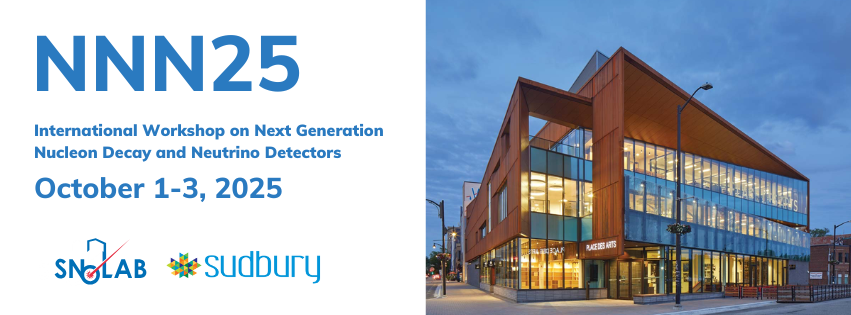Speaker
Description
Core-collapse Supernovae (SN) are critical astronomical events where nearly an entire star's binding energy is emitted as neutrinos. RES-NOVA is pioneering a new approach to their detection, introducing cryogenic detectors constructed from ultra-pure archaeological Pb. The experiment exploits Coherent Elastic Neutrino–Nucleus Scattering (CEvNS), a channel with a cross-section approximately 10^4 times larger than traditional detection modes (e.g. IBD or nu-e scattering).
The RES-NOVA detector is currently being realized and will soon deliver unprecedented sensitivity thanks to its unique design. With a compact volume of just (30 cm)^3, it will be able to monitor about 90% of potential galactic SNe. The cryogenic detectors, fabricated from Pb with extremely low intrinsic radioactivity, are optimized for a low energy threshold and minimal background interference. All these features enable comprehensive measurements of SN neutrino signals, free from uncertainties linked to neutrino flavor oscillations.
RES-NOVA is already producing results with its first prototype detectors, and full detector operations are approaching rapidly. Beyond SN neutrino detection, the technology is opening new opportunities in astroparticle physics: the combination of low-energy thresholds and advanced background suppression makes RES-NOVA a powerful platform for multi-messenger astronomy, dark matter searches, and studies of fundamental neutrino properties.
In this contribution, we will report on the latest experimental progress, present results from the first detectors, and outline the near-term physics reach of RES-NOVA. This project, already underway, represents a decisive step toward establishing the next-generation neutrino and dark matter observatory.
| Submitter Name | Nahuel Ferreiro |
|---|---|
| Submitter Email | nahuel.ferreiroiachellini@unimib.it |
| Submitter Institution | University of Milano-Bicocca |

